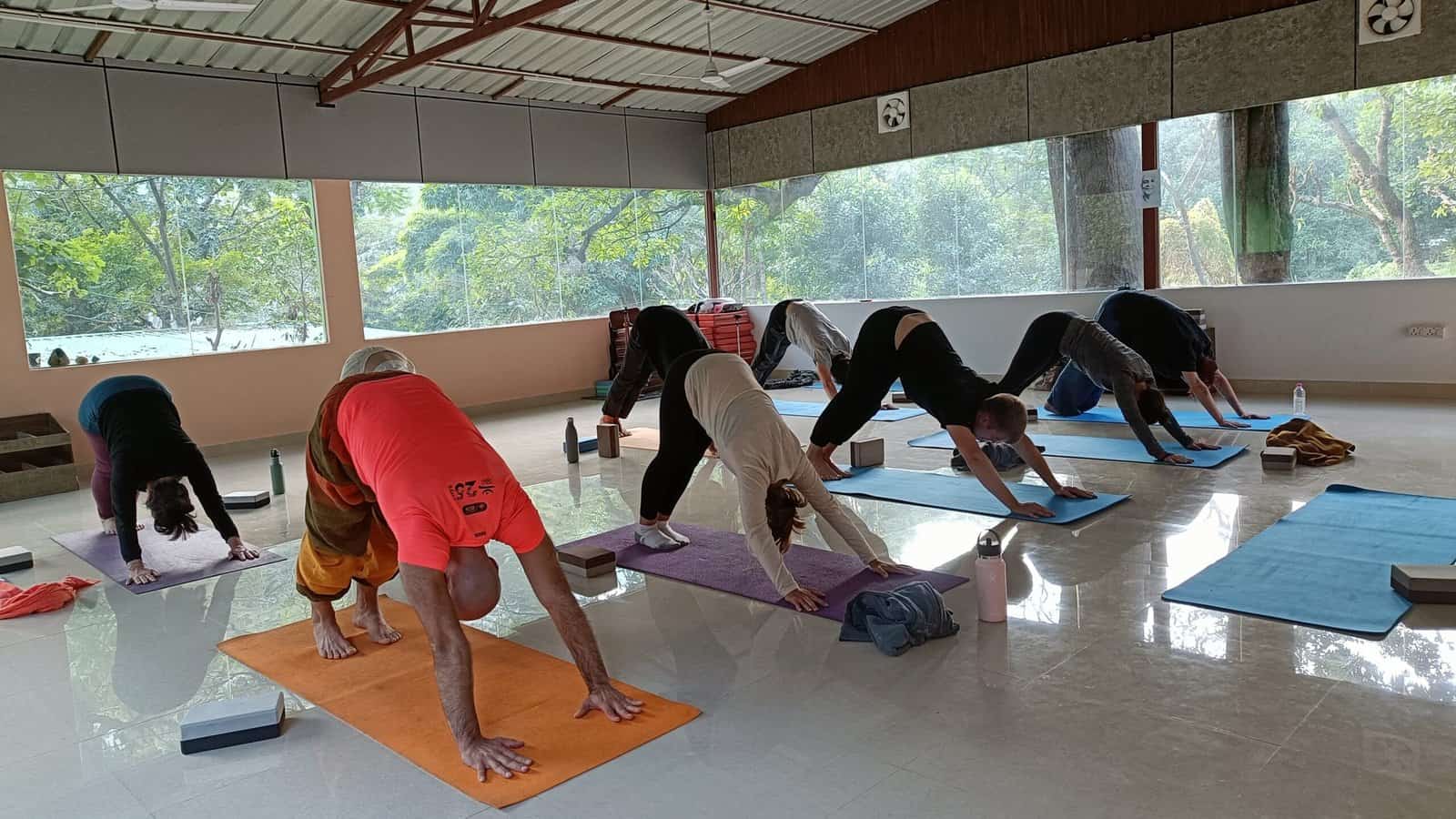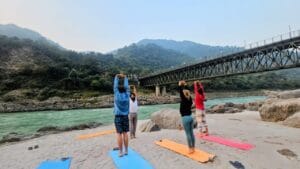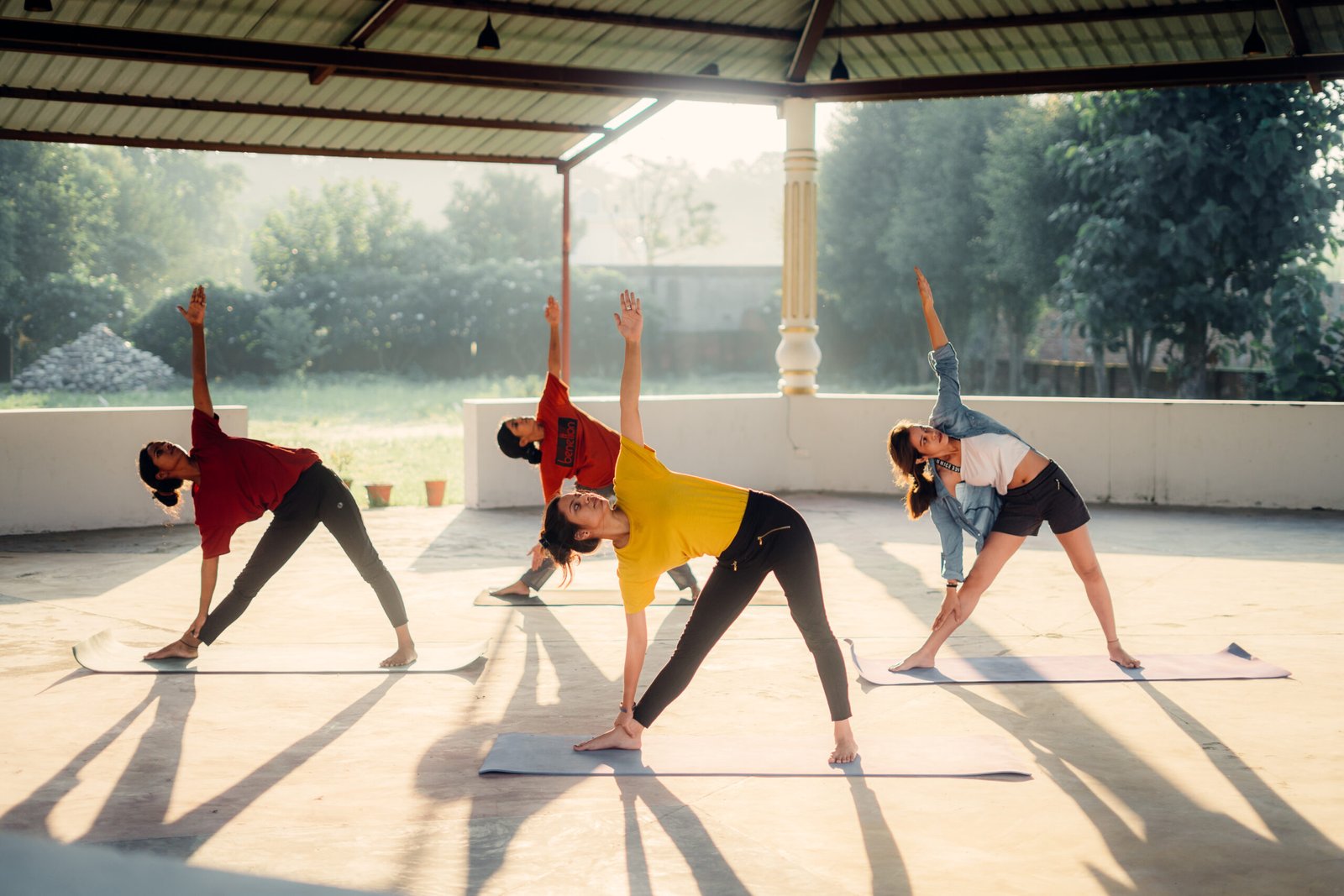100 Hour TTC in Rishikesh: Your Gateway to Yogic Wisdom

If you’re looking to deepen your yoga practice, embrace a more conscious lifestyle, or start your journey toward becoming a certified yoga teacher, the 100 Hour TTC in Rishikesh is a perfect starting point. Designed for beginners and those short on time, this foundational yoga course offers a transformative experience set in the spiritual heartland of India — Rishikesh, the Yoga Capital of the World.
Why Choose Rishikesh for Your 100 Hour Yoga TTC?
Rishikesh is not just a destination—it’s a spiritual experience. Nestled in the Himalayas along the sacred Ganga River, Rishikesh has been a magnet for yogis, saints, and seekers for centuries.
Peaceful and pure natural surroundings
Authentic traditional ashrams and schools
Vibrant spiritual energy and sattvic lifestyle
International yoga hub recognized by Yoga Alliance
Whether you’re starting your yoga journey or seeking a deeper connection with yourself, the serene and spiritually charged environment of Rishikesh provides the ideal setting.
What is a 100 Hour Yoga Teacher Training Course?
The 100 Hour TTC is a 2-week certified program that introduces the core principles of yoga philosophy, physical practice, breathing techniques, and meditation. Unlike a 200 hour TTC, this course is ideal for:
Beginners looking for personal growth
People interested in yoga without committing to full TTC
Students planning to complete the 200 hours in two phases
What You’ll Learn in the Course
At Tarang Yoga Ashram in Rishikesh, the 100 Hour TTC syllabus is thoughtfully designed to ensure a balanced, structured, and immersive learning experience. Here’s what you’ll explore:
1. Asana Practice (Hatha & Ashtanga Yoga)
Foundational postures (standing, seated, supine)
Alignment and adjustments
Introduction to Surya Namaskar and sequencing
2. Pranayama (Breathing Techniques)
Yogic breath control for vitality
Practices like Nadi Shodhana, Kapalbhati, Bhramari
3. Meditation and Mantra Chanting
Daily guided meditations
Sound vibrations for mental clarity and healing
4. Yoga Philosophy
Yoga Sutras of Patanjali
Yamas & Niyamas
Essence of a yogic lifestyle
5. Anatomy & Physiology
Basic understanding of joints, spine, and muscles in yoga
Safe practices and injury prevention
6. Shatkarma (Yogic Cleansing)
Detox techniques like Jal Neti and Trataka
Life at Tarang Yoga School/Ashram: A Yogic Routine
Students follow a disciplined daily schedule that includes early morning wake-up, detox drinks, yoga practice, learning sessions, and Sattvic meals. The peaceful ambiance, spiritual guidance, and simple ashram lifestyle cultivate inner clarity and self-discipline.
Sample Daily Schedule:
06:30 AM – Morning Yoga Session
08:00 AM – Sattvic Breakfast
10:00 AM – Pranayama or Meditation
12:30 PM – Lunch
04:00 PM – Evening Yoga Class
06:00 PM – Sound Healing / Satsang
Certification and Progression
After completing the 100 Hour TTC, students receive a certificate that can be added toward a 200 Hour Yoga Alliance accredited course. This program lays the foundation for becoming a certified yoga teacher or simply enriching your personal practice.
Who Should Join This Course?
This course is ideal for:
Beginners with no prior experience
Yoga practitioners wanting formal guidance
Spiritual seekers looking for inner growth
Students seeking a short yet intensive immersion in yoga
Why Tarang Yoga School/Ashram?
At Tarang Yoga Ashram, you’ll learn in a calm Ganga-side location with:
Experienced and compassionate teachers
Small batch sizes for personal attention
Traditional teachings with a modern approach
Clean accommodation, sattvic food, and Himalayan views
Upcoming Batches & How to Join
The 100 Hour TTC starts every month at Tarang Yoga Ashram. You can book your seat in advance through the website or reach out on WhatsApp for assistance.
Click here to view upcoming dates and apply now
Final Thoughts
The 100 Hour Yoga Teacher Training in Rishikesh is more than just a course — it’s a personal journey. Whether you’re preparing for full certification or simply want to experience yoga in its purest form, this program will leave you recharged, grounded, and awakened.




